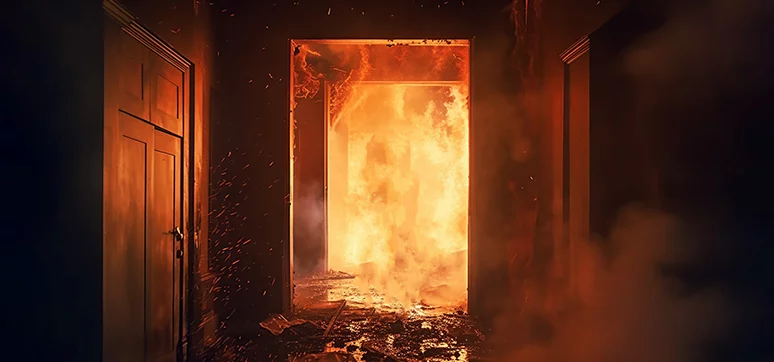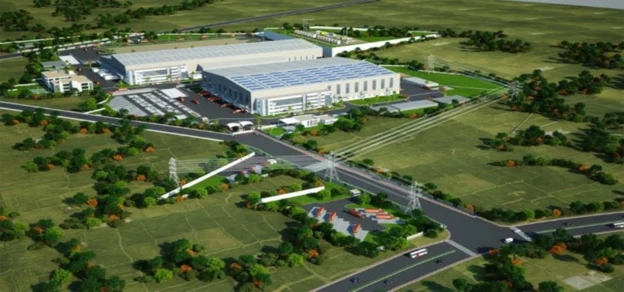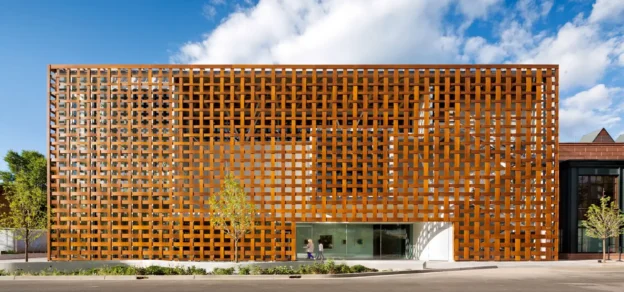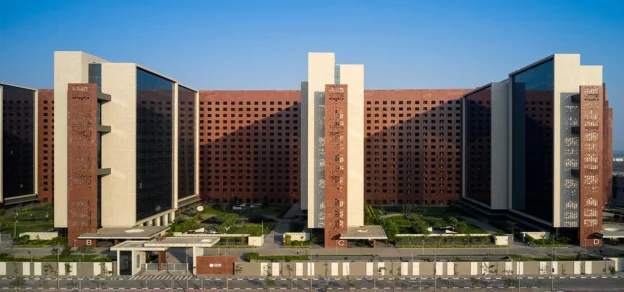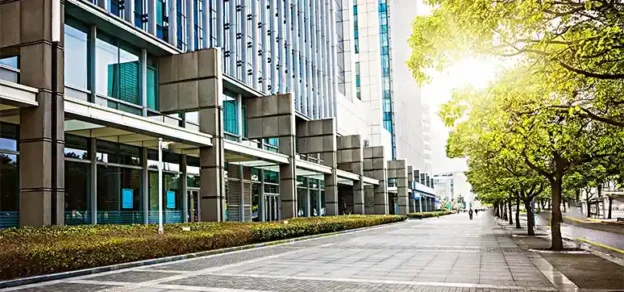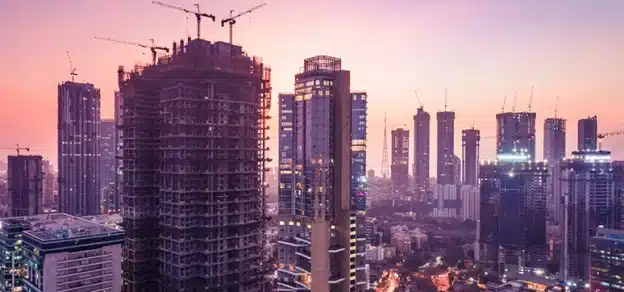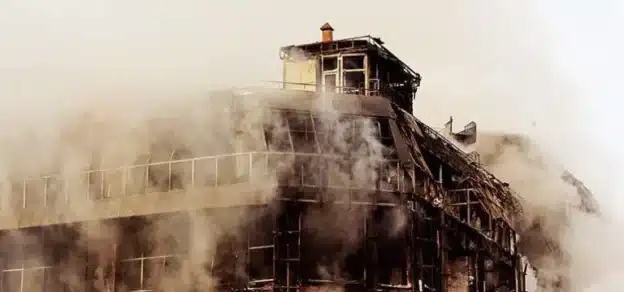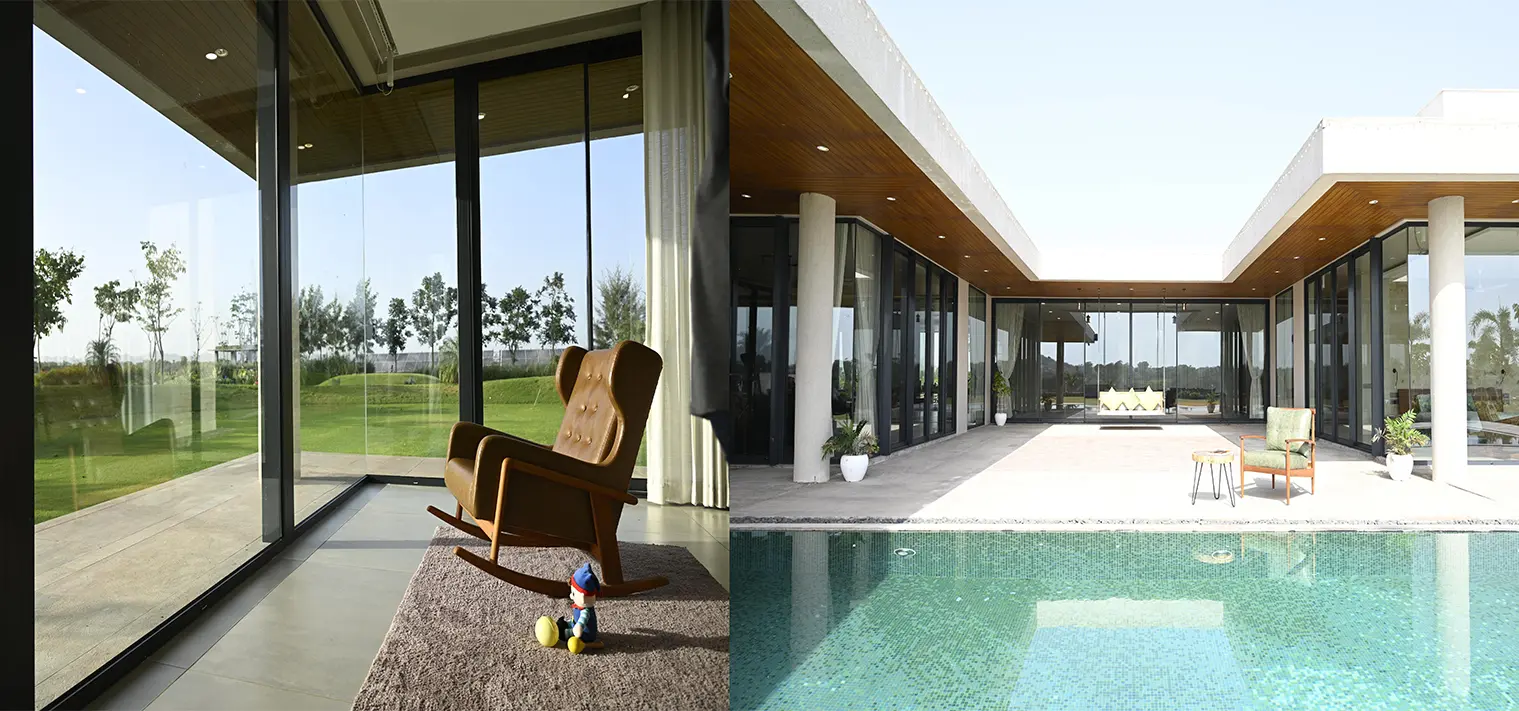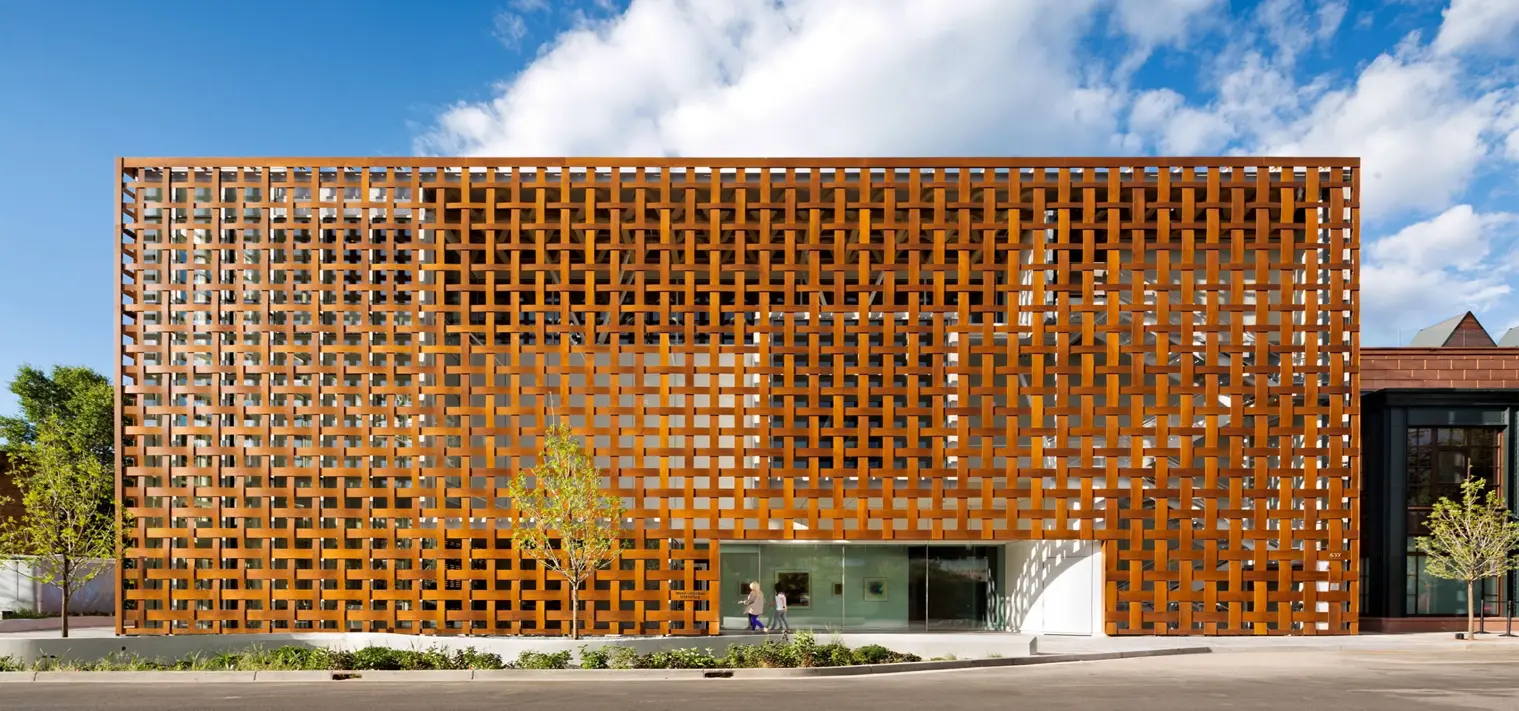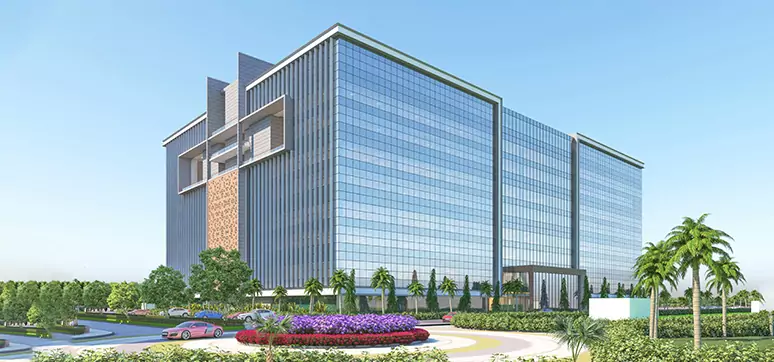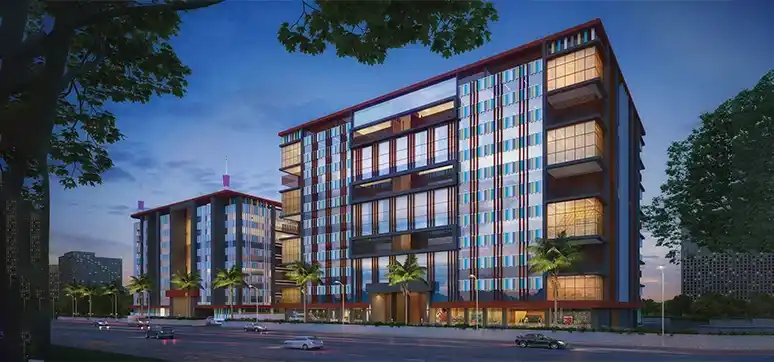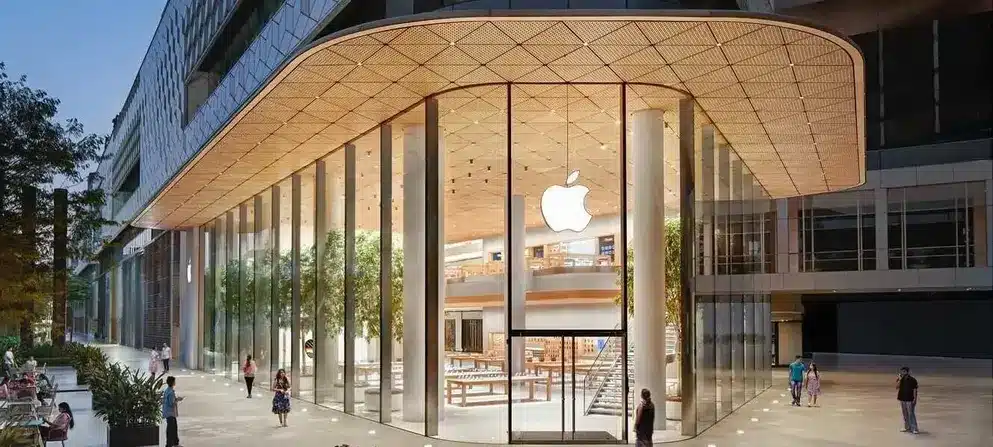Could you please explain some of the common causes of fire safety in buildings in England? How can fire risks be reduced?
Causes of fire safety issues vary largely according to the building size, design, and use. The most relevant issue for the façade design is the use of combustible material in the external walls and the correct specification and the construction of cavity barriers and firestopping.
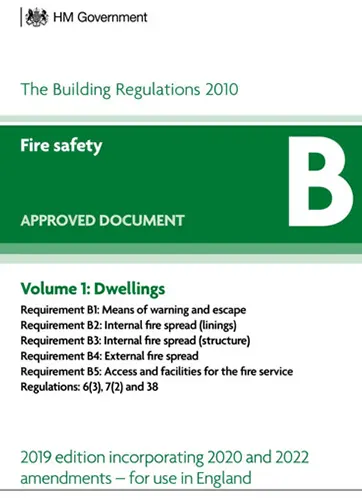
As façade engineers we want to make sure materials and cavity barriers in the façade are specified and constructed in line with the applicable building regulations in the UK and any detailed recommendations from the appointed fire engineer. If we are able to interpret and apply the guidance correctly and detail the façade in a way to meet these requirements, we can help to reduce the fire risks in the building.
Please explain the role of design systems in fire-safe buildings.
If I understand this correctly you are referring to the regulations and standards that are used in the design and construction of fire-safe buildings. In England, these are stipulated in the UK building regulations and the building safety act. “Approved Document B: Fire Safety” is the main document that provides guidance and requirements for achieving fire safety standards in buildings. Recently in the UK, a new piece of legislation called “The Building Safety Act” was introduced to further improve the fire safety of buildings. The act introduces measures and processes that need to be implemented by building professionals and building owners to ensure that building occupants are safe in the event of a fire.
What is the role of fenestration design in fire safe buildings?
There are a number of key aspects that need to be considered in the design and the construction of the façade to ensure we can contribute to, in the façade and the fenestration industry to fire-safe buildings:
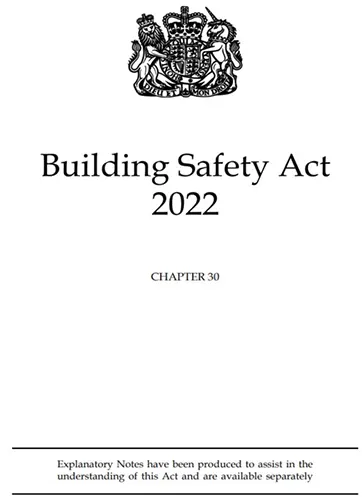 Accessibility and evacuation: External emergency windows and doors need to be correctly specified by the façade engineer in line with the fire engineer’s strategy, the accessibility requirements, and the fire building regulations requirements.
Accessibility and evacuation: External emergency windows and doors need to be correctly specified by the façade engineer in line with the fire engineer’s strategy, the accessibility requirements, and the fire building regulations requirements.- Fire-resistant façade design:Façade that is adjacent to escape routes may need to be fire resistant to protect these routes. Also, it may be required to restrict fire spread between adjacent buildings by a fire-resistant external wall.
- Cavity barriers, fire-stopping, and compartmentation: the building regulations in England require buildings to be designed and constructed so that the hidden spread of fire and smoke in the event of a fire is controlled. This requires careful consideration of the cavity barrier locations and construction within the façade. Generally, in the UK, cavity barriers are required to have 30 minutes of integrity and 15 minutes of insulation.
- External fire spread on the façade: There are certain rules in the building regulations that require the façade to resist the fire spread in the same building and to adjacent buildings. There are specific requirements related mainly to the combustibility of the façade materials that could apply to each building based on its height, use, and position. The role of the façade engineer here is to correctly specify and detail the façade according to these rules.
- Smoke vents: Façade design need to consider smoke ventilation and control in the event of a fire. Correct specification and detailing for these components by the façade engineer are very important for a fire-safe building.
What are the passive & active fire-safe protection methods?
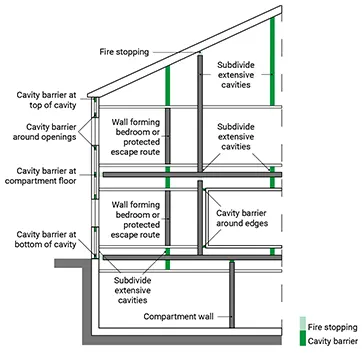
In relation to the façade design, I believe you would consider all the processes and actions taken during the façade design and construction within the “passive fire protection”. I think the main difference between passive and active methods is that passive methods are built in the building façade and structure, and they do not require “activation” like fire alarms, or sprinkler systems which are classified as “active” systems.
Reaction and fire resistance: How are materials classified in the event of a fire?
“Reaction to fire” refers to the response of the material to a heat source in terms of combustibility, spread of flame, and release of heat. Materials are classified as shown below. In addition to the above classes, two other letters are added to the classification: “S” which refers to smoke production, and “D” which refers to flaming droplets.
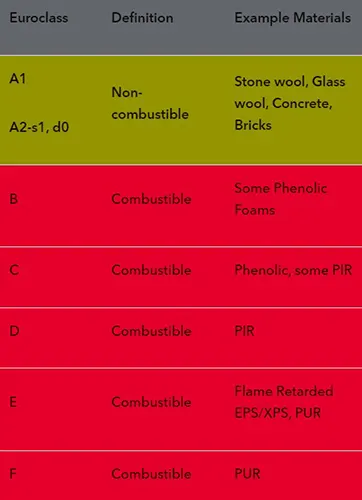
The reaction to fire classification is normally based on small-scale tests and is relevant when the combustibility of façade material is being specified. In the UK, the type and the height of the building will determine the minimum reaction to fire classification to be achieved. On the other hand, “Fire resistance” refers to the ability of the façade to resist a fully developed fire. For a non-loadbearing façade, there are two criteria that need to be achieved when specifying these systems; Insulation (prevent transfer of heat), and Integrity (prevent passage of flame and smoke).
Fire resistance of the façade is relevant when an external wall specified by the fire engineer needs to restrict fire spread between buildings or protect escape routes. Fire resistance is usually determined by large scale laboratory tests.
What scenarios could cause an internal building fire to spread to the external façade and other parts of the building? What protection measures are in place to control fire?
Internal fire coming from the building can break through the openings in the façade and ignite combustible façade materials and then spread further inside façade cavities if there are no cavity barriers provided around openings and at compartmentation lines. This can lead to horizontal and vertical fire spread within the façade, potentially causing additional internal fires in other parts of the building. Fire can also spread internally through the junction (the gap) between the façade and the building structure (floor slab or compartment wall).
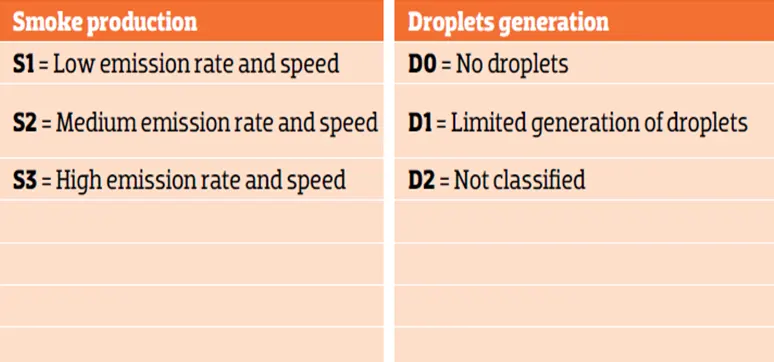
Again, controlling fire spread in the façade requires careful selection and detailing of the materials of the façade, considering the combustibility of the façade materials and the construction, and fixing of cavity barriers and fire stopping.
What is the importance of ‘perimeter fire barrier systems in the prevention of fire spread?
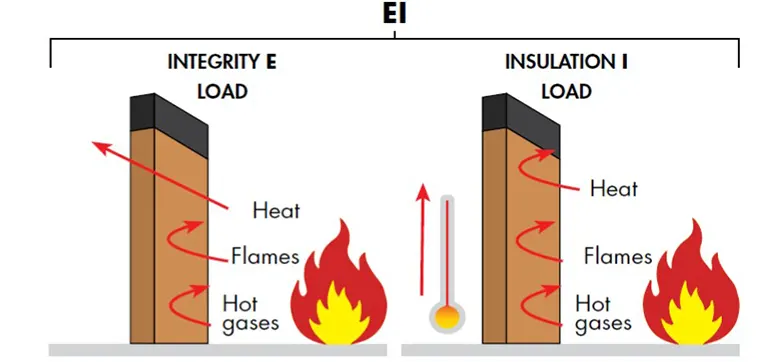
As mentioned earlier, fire-stopping detailing at the junction between the façade and floor slab is extremely important to maintain the fire resistance at the compartmentation and prevent fire spread internally through the façade. Firestopping is usually required to have the same fire resistance as the floor slab (or the structure at the junction for example shear wall).
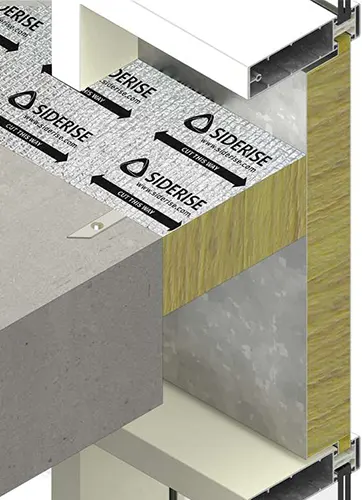
However, the fire engineer should always be consulted for these requirements.
In order to ensure fire stop contributes to the fire safety of the building and its occupants, it needs to be correctly tested to BS EN 1364-4 and classified in accordance with BS EN 13501-2.
Brief about the choice of materials considering fire safety.
The choice of materials will be determined by the regulations and guidance regarding the fire safety of façades. However, insurers and warranty providers may have additional requirements that will influence the selection of the façade materials. Early conversations with the client, the architect, and the fire consultant are always key for the successful selection of façade materials.
Please throw some light on aspects such as façade openings, ventilators, and other façade designs that would help to prevent fire and its spread.
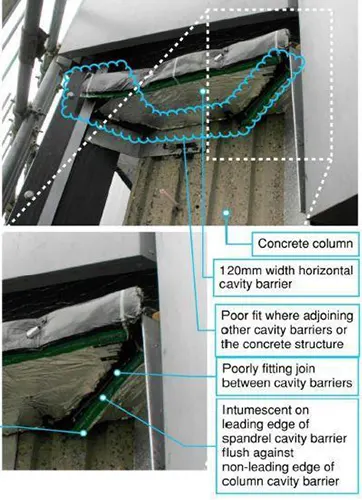
I think one of the important issues with regard to façade design around openings is the fitting of the cavity barriers. Incorrect detailing, specification, or installation of these will increase the risk of fire spread. Façade designers need to consider how cavity barriers can be mechanically fixed and how they are detailed and interact around metal rail framing and other elements in the build-up of the façade.
Also, consideration should always be given to any gaps that can result from tolerances and might be left without adequate fire sealing. Robust quality control on the construction sites and engagement with the cavity barrier product manufacturers are the main keys to a successful installation.
What do you think about the current fire safety codes for buildings in the UK?
I think that historically ambiguous building regulations and a lack of industry guidance led to misunderstandings and misinterpretations regarding the fire performance requirements for façades in the construction industry. However, in recent years, fire safety regulations have undergone significant developments, including the introduction of a ban on the use of combustible materials in high-rise buildings. Currently, there is ample guidance available from organisations such as the Centre for Window and Cladding Technology (CWCT) and the Society of Façade Engineering (SFE) regarding the fire performance of façades and the considerations of façade design that help façade engineers make informed design decisions.
